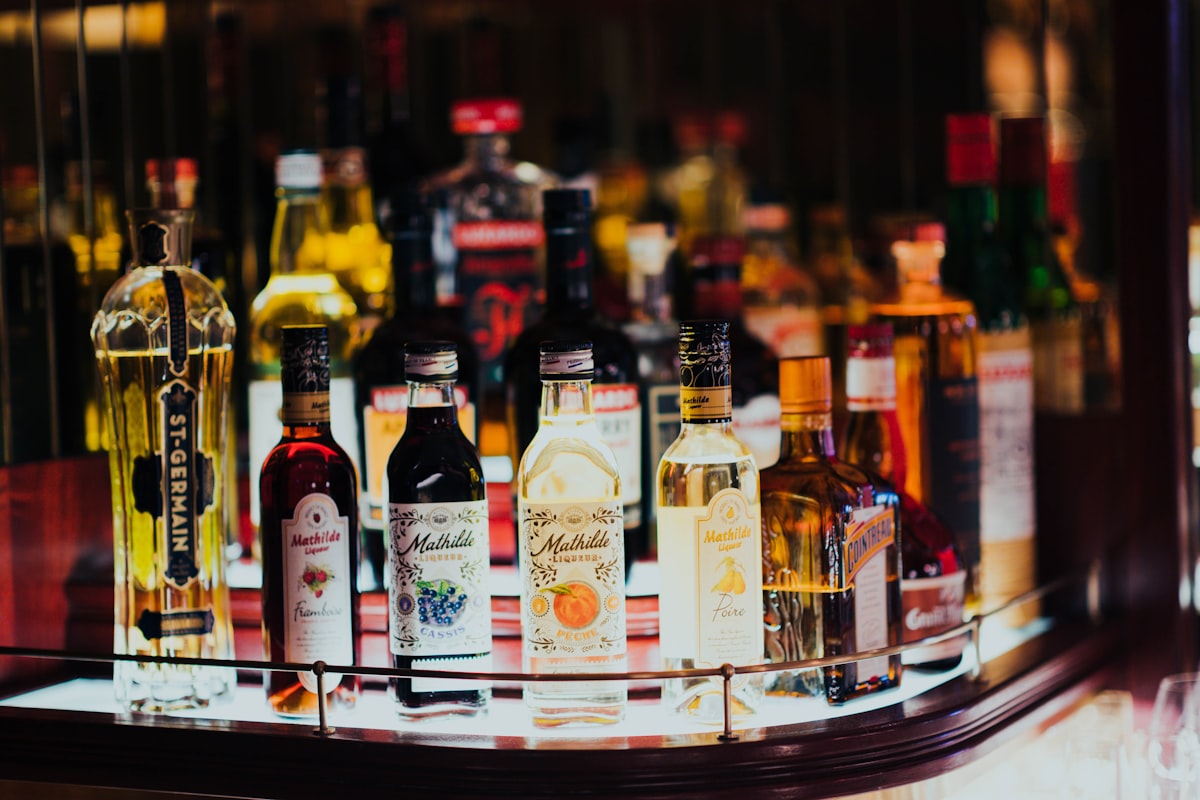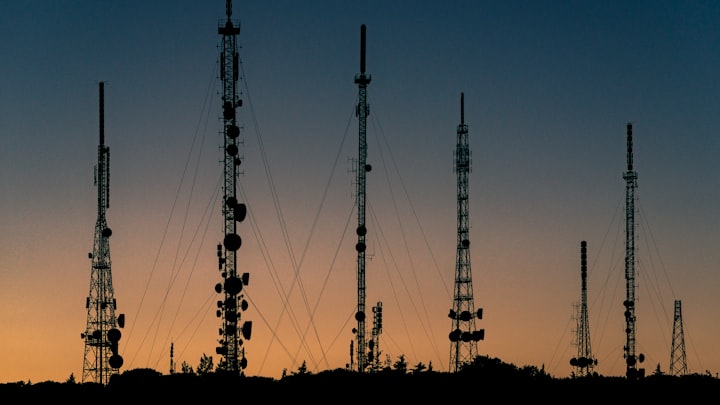Scope 3 Emissions in the Food and Beverage Sector: An Expert's Insight into Supply Chain Dynamics Amidst the Culinary Sustainability Movement

The food and beverage sector, a cornerstone of global culture and sustenance, is undergoing a profound transformation in the face of sustainability challenges. As global food systems evolve to meet the demands of a growing population, the sector's Scope 3 emissions are coming under increasing scrutiny. This article offers a detailed exploration for sustainability specialists, delving into the complexities of food supply chains, the evolving palates of eco-conscious consumers, and the regulatory landscape that governs sustainable food production and consumption.
1. Dissecting the Scope 3 Conundrum in Food and Beverage:
The sector's Scope 3 emissions span a wide spectrum:
- Agricultural Production: Emissions from the cultivation, harvesting, and processing of crops and livestock.
- Transportation and Distribution: Emissions associated with the movement of food products from farms to processing facilities, retailers, and consumers.
- Packaging: Emissions from the production and disposal of food packaging materials.
- End-of-life: Emissions from food waste decomposition in landfills.
2. Supplier Dynamics: Towards Sustainable Culinary Practices:
The food supply chain is embracing sustainability:
- Regenerative Agriculture: Techniques that enhance soil health, sequester carbon, and promote biodiversity.
- Local and Seasonal Sourcing: Reducing the carbon footprint associated with long-distance transportation of food.
- Waste Minimization: Practices that reduce food loss and waste throughout the supply chain.
3. The Evolving Culinary Landscape:
Consumer trends are reshaping the food and beverage industry:
- Plant-Based Diets: A growing demand for vegetarian and vegan food products, reducing the carbon footprint associated with livestock production.
- Transparency and Traceability: Consumers demanding clarity on the sustainability practices of food brands, from farm to plate.
- Zero-Waste Movement: A trend towards buying unpackaged foods and minimizing food waste.
4. The Regulatory Plate:
The sector operates within a dynamic regulatory environment:
- Organic and Fair Trade Certifications: Standards that ensure environmentally friendly and socially responsible food production.
- Food Labeling: Regulations that mandate the disclosure of environmental impacts, such as carbon and water footprints.
- Waste Management: Policies that promote the recycling and composting of food waste.
5. Crafting the Future of Sustainable Gastronomy:
For visionary food and beverage entities:
- Collaborative R&D: Joint initiatives focusing on sustainable farming techniques, food preservation, and waste reduction.
- Stakeholder Dialogues: Engagements with farmers, NGOs, consumers, and other stakeholders to co-create the future of sustainable gastronomy.
- Industry Alliances: Partnerships with other brands, suppliers, and innovators to drive the sustainability agenda in food and beverage.
In Summation:
The food and beverage sector, while nourishing billions worldwide, stands at the intersection of culinary delight and sustainability. As it grapples with its Scope 3 emissions, the sector is also championing innovations that promise a future of sustainable gastronomy. For sustainability experts, the food and beverage landscape offers a rich tapestry of challenges and opportunities, a realm where taste meets responsibility. With strategic vision, collaborative endeavors, and a commitment to green innovation, the food and beverage sector can lead the way in ensuring that our culinary experiences are both delightful and sustainable.




Comments ()